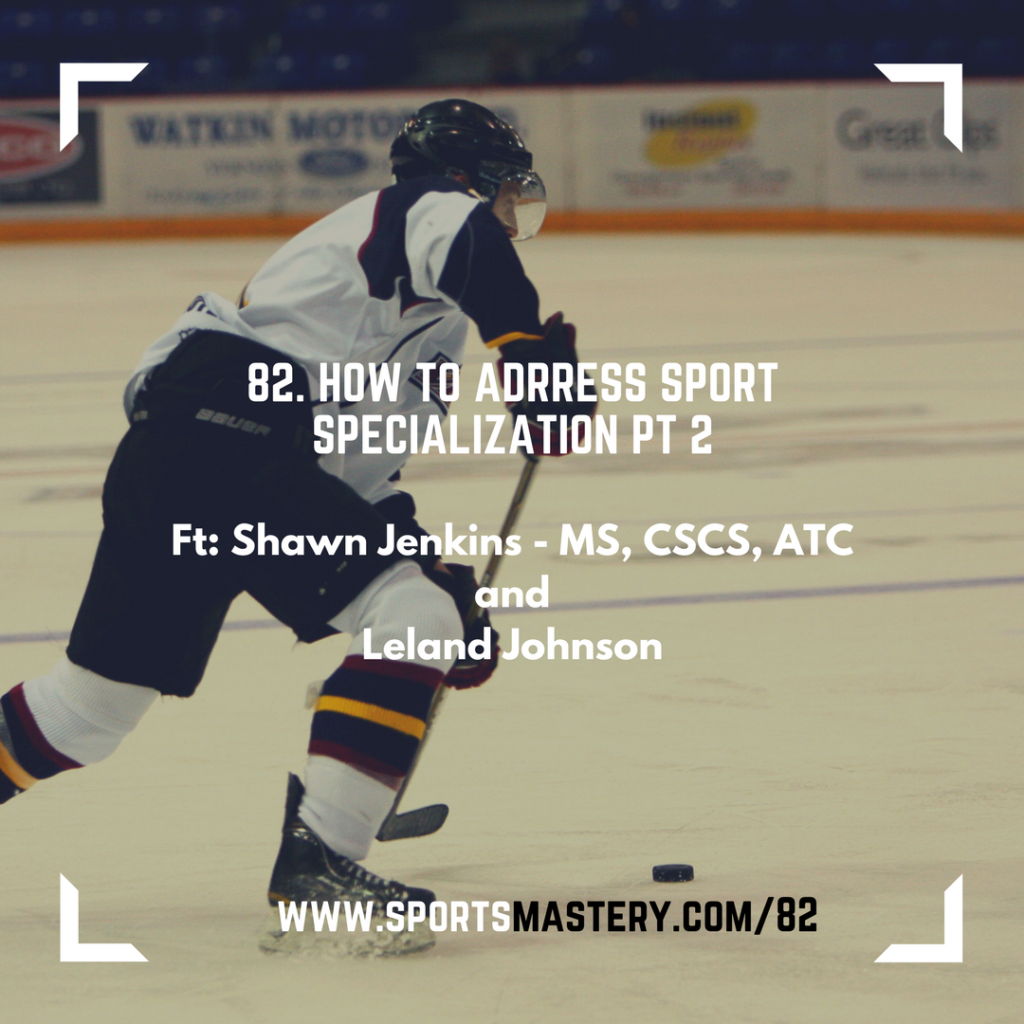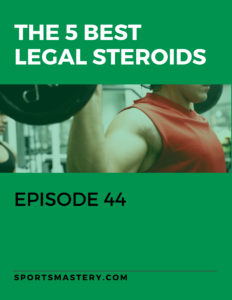HOW TO ADDRESS SPORT SPECIALIZATION
Structural Strategies to Avoid Overspecialization and Exclusive Specialization
- Perform strength training (8 to 20 weeks out of the year)

- Incorporate skills training
- Consider active & passive recovery
- Play multiple sports
Long-term athletic development should always trump specialization when it comes to youth sport.
- Increased bone density.
- Decreased body fat.
- Improved physical performance, which reduces risk of injury when playing sports.
- Improved motor performance skills.






 Your Information is Safe
Your Information is Safe Secure Checkout
Secure Checkout





 6 Week Mastermind
6 Week Mastermind